Protein Labeling
Protein labeling is key in today’s research, letting scientists precisely track, study, and manipulate proteins. It’s used in structural biology, protein interaction studies, diagnostics, and therapy development.
At Creative BioMart , we provide comprehensive protein labeling services like stable isotope labeling, biotinylation, fluorescent tagging (both in vitro and in vivo ), and enzyme/antibody conjugation. We ensure top-notch results tailored to your research, backed by customizable solutions and strict quality control.
Online Inquiry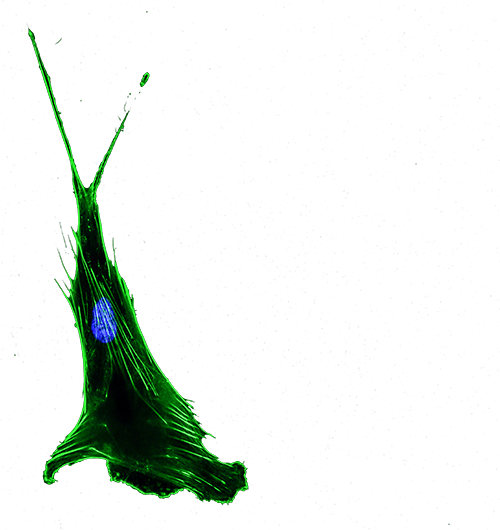
Overview
What is Protein Labeling?
Protein labeling is all about latching detectable tags onto target proteins using various methods like chemical, enzymatic, genetic, or isotopic techniques. This helps in tracking proteins within biological settings, offering insights into their structure, roles, and interactions.
Common Protein Labeling Techniques:
Fluorescent Labeling : Involves tagging proteins with fluorescent dyes, which helps in spotting and tracking them in live cells.
Biotinylation : Utilizes the strong bond between biotin and avidin/streptavidin for the purification and detection of proteins.
Radioactive Labeling : Employs radioactive isotopes to achieve extremely sensitive detection and measurement.
Enzyme Labeling : Involves connecting enzymes like horseradish peroxidase (HRP) or alkaline phosphatase (AP) to proteins, aiding in immunoassays and detection tasks.
Applications of Protein Labeling
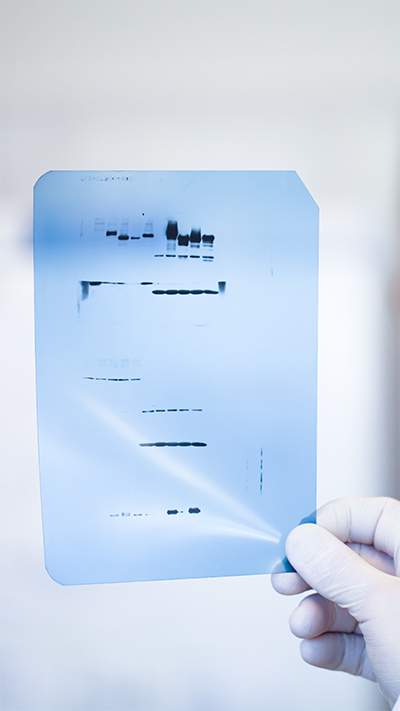
- Studying Proteins in Depth
Tagged proteins help researchers understand the structure and role of proteins, shedding light on how biological processes work.
- Visualizing Proteins
With fluorescent tags, scientists can see how proteins move and where they go inside living cells.
- Finding New Drugs
Tagging proteins is a key step in finding and testing new medicines, showing how they interact with targets.
- Medical Testing
Tagged proteins act as markers to find disease indicators, helping in diagnosing and keeping track of health conditions.
- Advanced Treatments
Using protein tags, new treatment methods are being developed, like directing treatment to specific cells.
What We Offer?
Our Services on Protein Labeling
Customized Protein Labeling
For your project’s success, we offer a variety of protein labeling services like stable isotope labeling, biotinylation, and fluorescent tagging for lab and live setups. We also provide expertise on factors that affect labeling results and conjugate quality. Our R&D team helps you optimize everything from reaction methods to dealing with stoichiometry, immunogenicity, and linker stability, ensuring we meet your specific research goals.
|
Service |
 |
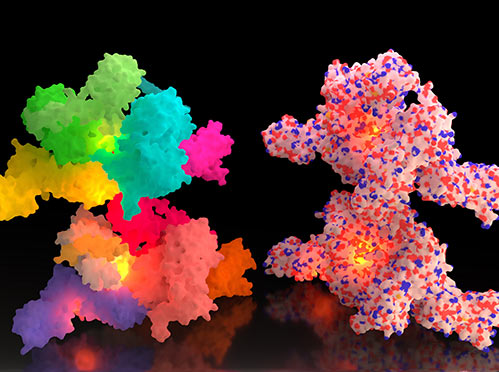 |
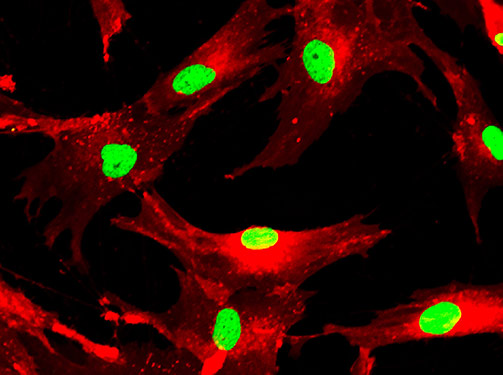 |
 |
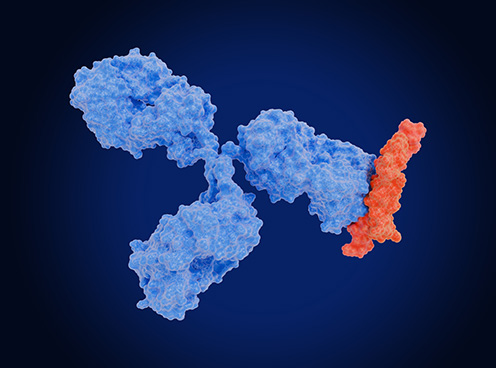 |
 |
|
Key Features |
Non-radioactive isotope labeling (13C, 15N) |
Biotin-streptavidin affinity-based labeling |
Fluorophore attachment for in vitro analysis |
Live-cell-compatible fluorescent labeling |
Enzyme/antibody or fluorophore conjugation |
Precise site-specific labeling, customizable solutions |
|
Applications |
Structural biology, NMR, metabolomics |
Protein detection, purification, diagnostics |
Imaging, diagnostics, protein interaction |
Live-cell imaging, protein dynamics |
ELISA, immunodiagnostics, drug delivery |
Structural biology, interaction studies, diagnostics, and therapeutics. |
Additional Services
Alongside our Protein Labeling Services, we provide a range of related solutions to make your research and production processes more efficient. Whether you need help with protein expression, purification, advanced analysis, or developing assays , we’ve got you covered at every step. Our services combine labeling skills with modification, interaction analysis, and imaging to offer customized support for your specific scientific needs. There is more information you want to know can contact us directly.
|
Service |
|
||||
|
Applications |
Provides seamless integration from protein production to labeling, saving clients time and resources. |
Helps study post-translational modifications or develop conjugates with improved stability and functionality. |
Ideal for clients in drug discovery, studying ligand-receptor binding, or biomolecular interactions. |
Ensures clients can trust the biological relevance and activity of labeled proteins in their experiments. |
Provides accurate protein measurements, ensuring precise labeling and reliable results for research and diagnostics. |
Service Workflow
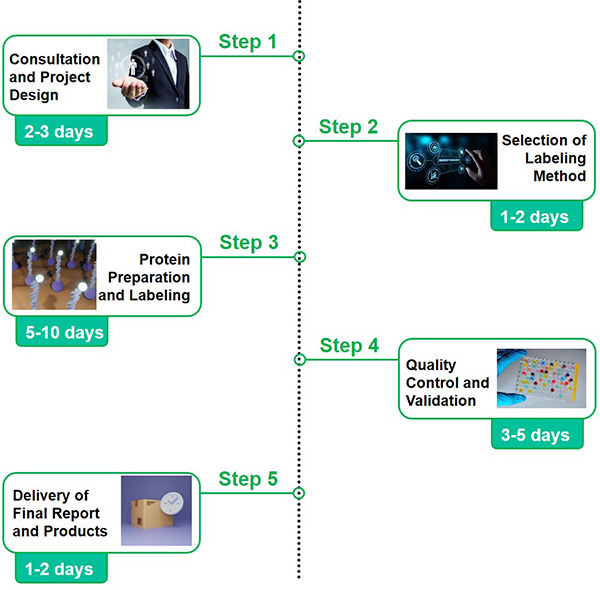
Instruments and Equipments
We are equipped with advanced instruments to ensure precise and efficient protein labeling services. Our capabilities include HPLC and mass spectrometry for labeling analysis, fluorescence and UV-Vis spectrometers for validation, and NMR for stable isotope studies. Additionally, we utilize ELISA platforms for functional testing and specialized bioreactors for protein preparation. This state-of-the-art equipment allows us to deliver high-quality, consistent results tailored to research and production needs.
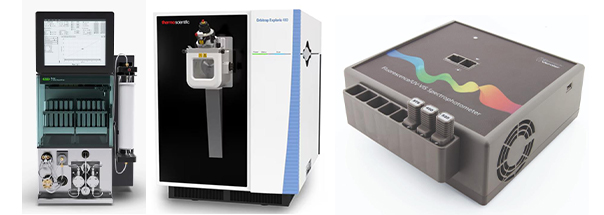
Case Study

Fig. 1. CID spectrum for the peptide TISFKDDGTYK (VIL), which contains one 15N label with a fragmentation map generated in Prosight Lite. (Roberts ET, et al. J Am Soc Mass Spectrom. 2024)
Case 1: Sparse labeling reveals isotope patterns and metabolic scrambling in glycoproteins
Sparse labeling with isotopes like 15N and 13C in proteins, particularly in mammalian cell-expressed ones like glycoproteins, enables detailed NMR analysis of structures. Mass spectrometry quantifies enrichment levels but reveals complex isotope patterns, indicating challenges like metabolic scrambling, which affects isotope content accuracy. By simulating isotope patterns for labeled peptides, researchers can determine accurate enrichment percentages, uncovering previously undetected scrambling effects. Ultra-high mass resolution and tandem mass spectrometry further pinpoint where labels are located.
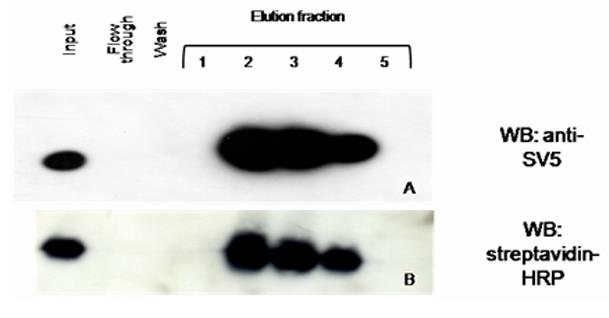
Fig. 2. Purification of biotinylated scFv from culture supernatant. (Predonzani A, et al. BMC Biotechnol. 2008)
Case 2: Simplifying in vivo site-specific biotinylation with a bigenic plasmid system
The strong biotin and (strept)avidin bond is widely used in biotechnology. Traditional protein biotinylation in mammalian cells often needed two plasmids. Researchers have crafted a single plasmid hosting both a Biotin Acceptor Peptide (BAP)-tagged protein and a tweaked BirA enzyme, simplifying expression. Adding a secretion leader allows BirA translocation to secretory pathways, ensuring antibody biotinylation remains effective across multiple assays.
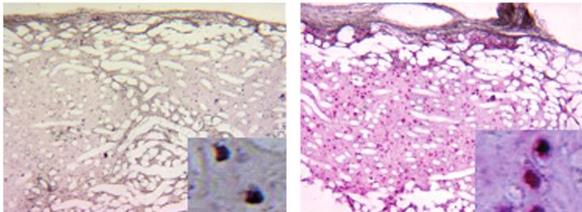
Fig. 3. Insets display higher-magnification images of thecells immunostained for GFPand counterstained byhematoxylin. (Miot S, et al. Tissue Eng Part C Methods. 2010)
Case 3: Long-term GFP labeling of chondrocytes for tracking
Researchers checked if human joint chondrocytes could be tagged with GFP lentivirus for a long time and if this would affect their growth and tissue formation. This approach helped track goat chondrocytes after they were re-implanted into cartilage defects. The GFP showed up well in treated cells without messing with their growth or tissue-making abilities. Human chondrocytes kept their GFP expression for 22 weeks in lab conditions and 12 weeks in mice, showing similar labeled cell percentages initially and after implantation. Goat chondrocytes also maintained GFP expression in repair tissue post-implantation. Thus, GFP labeling is effective for studying chondrocyte behavior in repair studies.
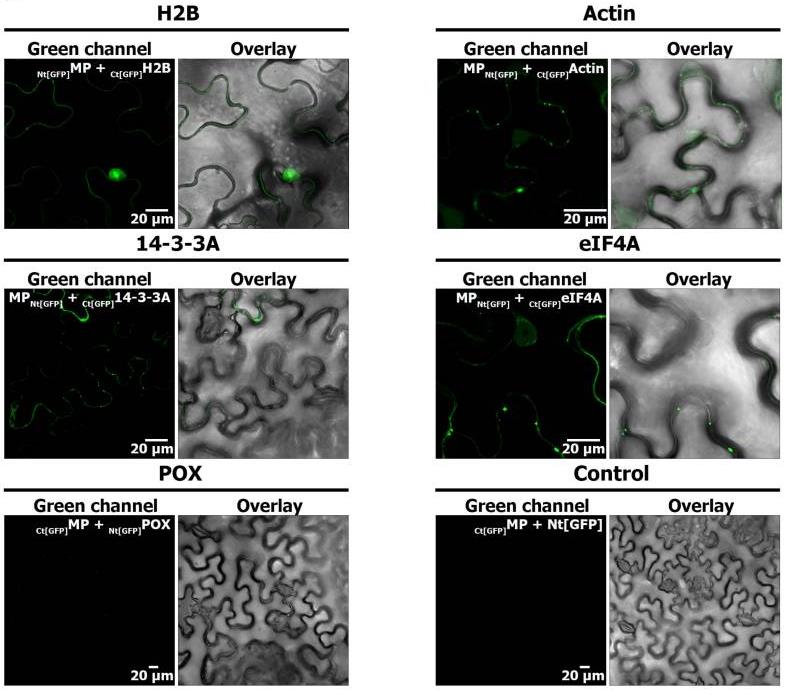
Fig. 4. Confocal microscopy images of representative combinations of the analysis of each interaction with the AMV MP are shown. (Villar-Álvarez D, et al. Int J Mol Sci. 2024)
Case 4: Effective protein tagging for identifying host interactors
Researchers explored the role of viral proteins and host factors in plant infections. Focusing on Nicotiana tabacum, they tagged movement proteins (MPs) of the 30K family—like those in the tobacco mosaic virus—to discover their interactions with plant cells. Using alfalfa mosaic virus (AMV) MP, they tagged its sequence, maintaining function, and identified 121 potential interactors via in vivo immunoprecipitation. Researchers further examined five key candidates—H2B, actin, 14-3-3A, elF4A, and a peroxidase—using BiFC. This showed they are part of complexes linked to AMV MP. Interestingly, H2B, actin, 14-3-3, and eIF4A also interacted with other MPs in the 30K family, indicating shared interactions.
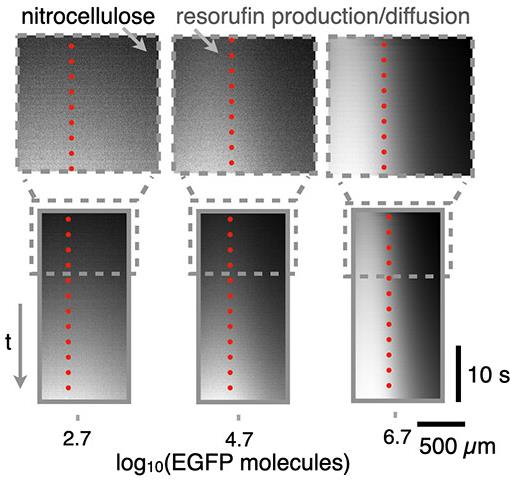
Fig. 5. Immunofluorescence kymographs of calibration spots of EGFP transferred to nitrocellulose and detected with HRP-conjugated secondary antibodies for enzymatic amplification. (Alibekova Long M, et al. Anal Chem. 2023)
Case 5: Boosting protein detection with tagged scWesterns
Detecting proteins from single cells is tricky, often limited by low sensitivity and throughput. Miniaturized high-sensitivity Western blots (scWesterns) offer a user-friendly solution, bypassing complex gear needs. However, scWesterns struggle to catch low-abundance proteins due to gel barriers. To tackle this, researchers separated electrophoretic and detection mediums, transferring scWestern separations to a nitrocellulose blot, leading to a 5.9-fold detection boost. Using enzyme-antibody conjugates further amplifies the detection limit, reaching a 120-fold improvement to detect over 1000 molecules. This method marks 100% of EGFP-expressing cells, compared to 84.5% with traditional methods, showing nitrocellulose-immobilized scWesterns can use various affinity reagents for better detection of scarce targets.
Why Choose Us?
-

Extensive Expertise in Protein Modification
-

Advanced Labeling Techniques and Platforms
-

Fast Turnaround and Reliable Results
-

Flexible Customization for Diverse Applications
FAQs
-
Q: How do I pick the best labeling method for my project?
A: Our team will help you choose the right method based on your research goals—whether it’s for protein interactions, imaging, or diagnostics. We’ll consider factors like protein structure, function needs, and whether you’re working in vitro or in vivo to find a suitable labeling strategy. -
Q: What quality checks do you use for labeled proteins?
A: We conduct thorough quality checks with HPLC, mass spectrometry, NMR, and functional tests to ensure labeling is efficient, pure, stable, and active. You’ll get a detailed QC report with every service.
-
Q: Can you do large-scale or custom protein labeling?
A: Absolutely. We cater to both small-scale research and large-scale production needs. Custom solutions like site-specific labeling and isotopic enrichment are also available to fit unique requirements.
-
Q: How long does a protein labeling project take?
A: Typically, it takes 12 to 22 business days. This varies based on protein complexity, labeling method, and customization needs. We promise timely delivery without cutting corners on quality.
Additional Links and Resources
Contact us or send an email at for project quotations and more detailed information.
Quick Links
-

Papers’ PMID to Obtain Coupon
Submit Now -

Refer Friends & New Lab Start-up Promotions

